Little has changed in the garden in the past weeks, but this says a lot for the hardiness and resilience of the plants as they have weathered a period of constant sub-zero overnight temperatures that dropped to minus eight degrees centigrade.
Frost on primroses makes them look sugar-coated and they are tough as old boots but…
The first flowers that I have ever had on my Loquat ((Eriobotrya japonica) were also frozen.
What has surprised me is that now after the freeze, it is continuing to flower. The fresh buds have opened releasing their perfume and are still being visited by the bees. The terminal leaves that surround the flowers have been badly damaged by the cold but the buds are obviously made of sterner stuff.
The broad beans too have survived. I confess to having covered them with a fleece and I do not think they would have survived without the extra help. Just before we left at Christmas I hastily planted some peas which you can see to the right of the broad beans. I reckoned the germination would be much poorer so I planted the peas close together (also I did not want to be left with half a packet). It looks like every single pea has germinated so I will wait to see what the future brings but perhaps they should be thinned.
The only obvious casualty is the Polygala. I planted it last spring because it was supposed to be attractive to bees and butterflies but I was very disappointed as far as pollinating insects were concerned although the flowers are very pretty. Perhaps it just gave up the struggle because I did not love it enough.
I was not idle during the freeze, I made labels for some of our plants. Some are for plants that are small and could get lost, others are for those plants whose name always escapes you, and I have tried to date when they were planted so that I have a better idea of how long they take to grow.
I took the opportunity during the bitter cold days when Violette was safely tucked up inside her hive to repaint her “au vent” or sun shade, which was peeling, and add a new Violette design on her front where the sun would damage it less.
This week the amazingly mild temperatures have allowed all the bees out to gather nectar and pollen.
The winter flowering honeysuckle is close bye and provides nectar for them.
It also provides pollen, and they stroke the stamens lovingly to gather the much needed pollen. The winter flowering honeysuckle gets my top mark for supporting pollinators during winter as the queen bumble bees visit it too.
We planted the Mahonia mainly for the bumble bees but I notice that the honey bees help themselves too.
The Viburnum tinus is covered in buds that are slowly opening but not attracting any pollinators at the moment.
The prostrate Rosemary has opened its first flowers with the promise of more to come soon.
The Hellebores too are waiting in the wings.
My snowdrops are few and struggle hard to survive here but I am grateful a few determined individuals keep up the fight.
Otherwise, the season advances with clematis pushing out tentative buds.
While higher up the seed heads from last year still decorate the stems.
After the cold spell I noticed that all our cotoneaster bushes were stripped of their red berries. We have several different varieties of cotoneaster in the garden but they all provide masses of flowers for the bees followed by great autumn decoration for us, then on to become a winter larder for the birds. All this from drought resistant, frost tolerant plants that are cheap to buy and can even be grown from seed.
I had to go back to the autumn of 2014 to get a photo of the cotoneasters before stripping but that’s what they look like – only bigger now.
Overall, the prolonged cold spell has had much less of an effect on the garden than I would have imagined. I think the cold weather in January should delay any precocious blossoming or budding. It has not helped me keep the Cerinthe in their place and a lot of them are making a break for it onto the lawn. I am just debating whether to leave them there or dig them up and re-house them elsewhere. I need to keep a good stock of them in the garden to enjoy watching the Anthophora bees in the spring.

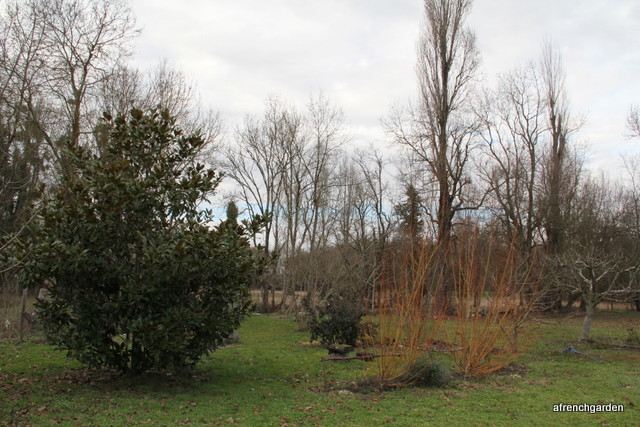

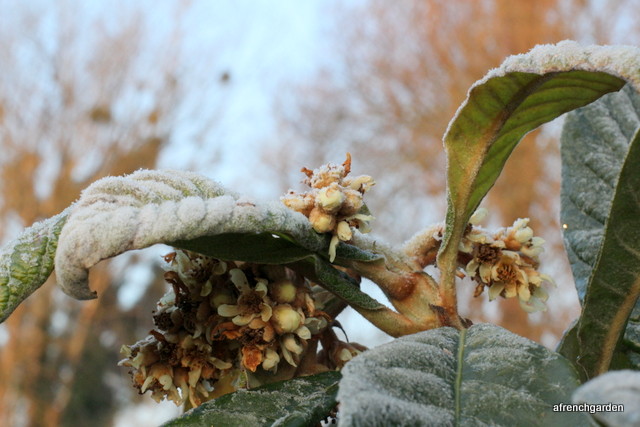
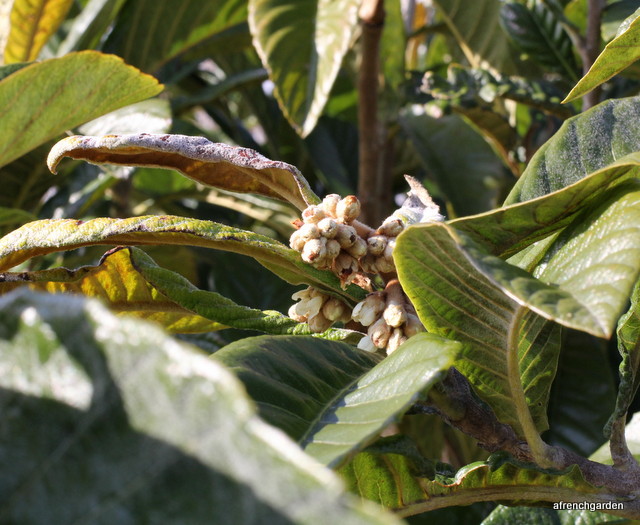

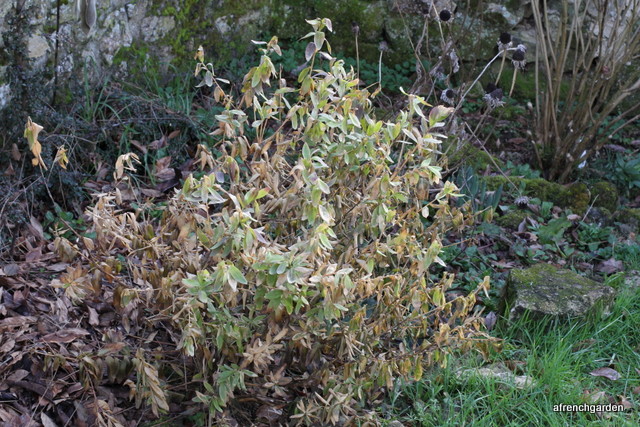

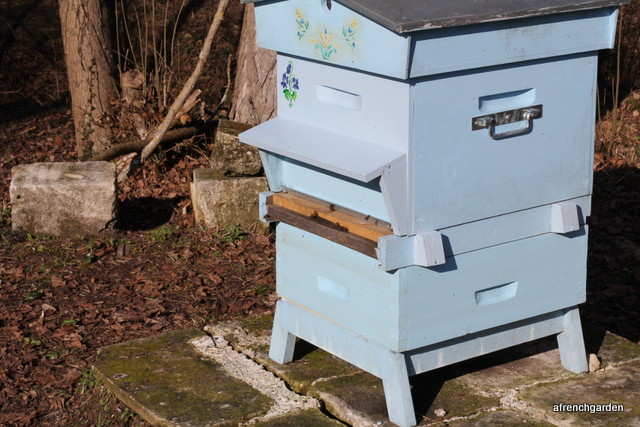
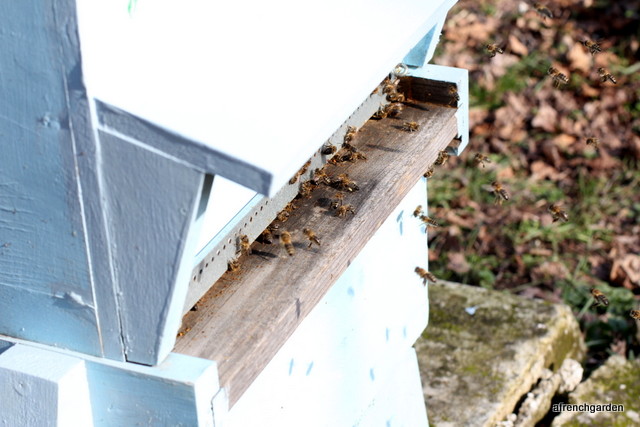


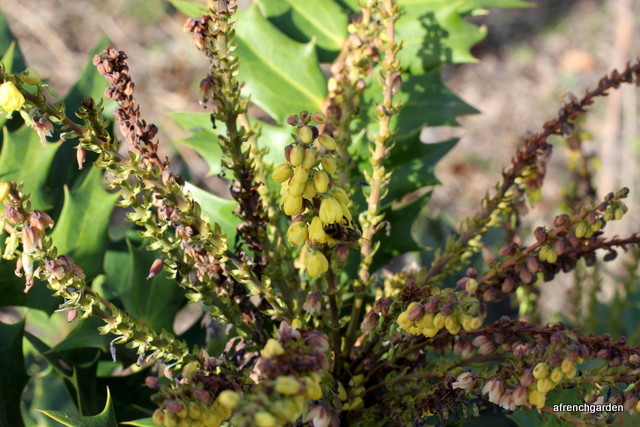
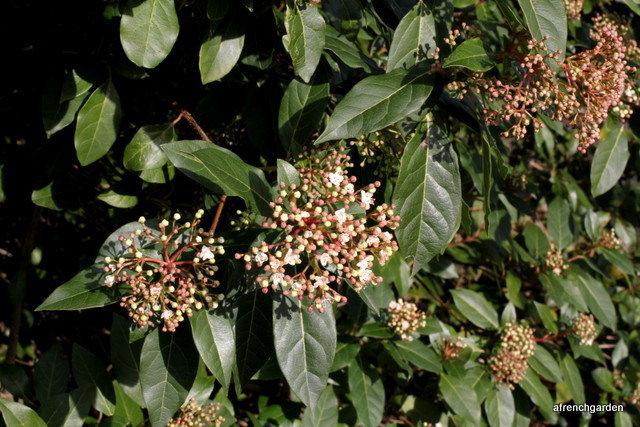

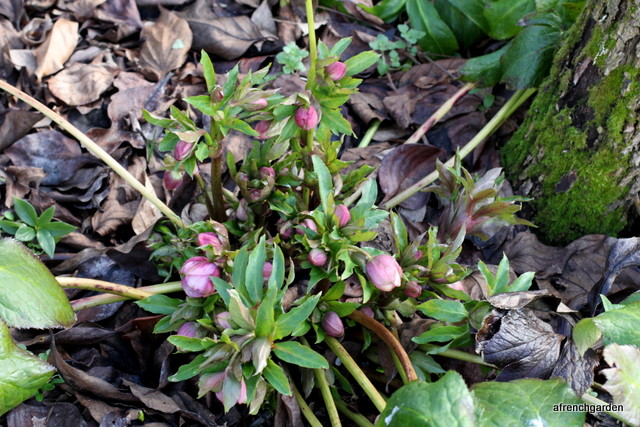


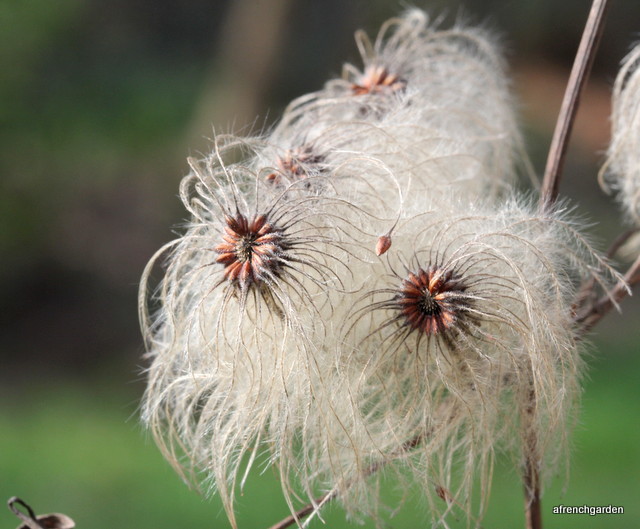

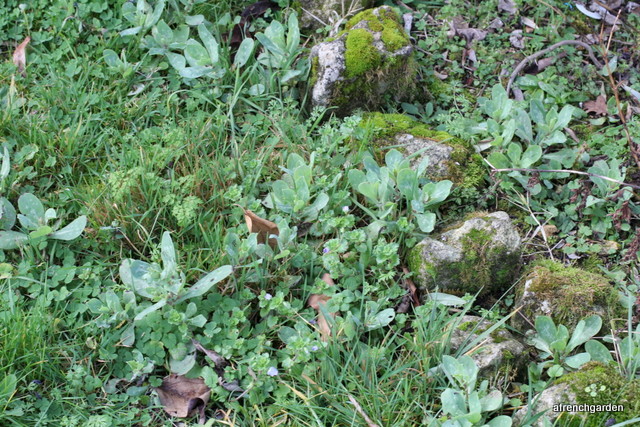
Our garden doesn’t seem to have suffered at all either, we are close to the coast, but still it dropped as low as -7 and endless nights off frosts for nearly two weeks. This time last year the plum trees were in blossom and everything was out of sync, as a result we had hardly any fruit. This year is more normal, the buds look like they might bloom soon, but not too soon! Our first daffodils are in flower and everything is starting to come to life.
LikeLike
It was a cold spell but I hope it will make this year more normal too. Our daffodils are not in bud yet. Amelia
LikeLike
We had a warm January but will probably see an average or colder February.
It’s nice to see your garden looking more like spring than winter.
LikeLike
February can be a strange month, choosing to cling onto its winter origins or go toward spring. I am hoping it chooses to tend toward spring. Amelia
LikeLiked by 1 person
It is too wet here for both the gardener and the lovers of nectar to be out. I appear to of pruned our winter flowering honeysuckle to hard as there is no sign of any flowers. The honey bees always smother the mahonia.
LikeLike
I don’t prune ours much, I just cut out some of the straggly branches and shape it a bit after all the flowers have finished. I suppose that must be about April. Amelia
LikeLike
How sweet the frost-covered primula looks.
LikeLike
Your broad beans look like they are doing very well. Mine, too, survived the frost, but I don’t think the temperature went below -2.
LikeLike
That is more like the temperatures I would expect here and they can usually shrug that off. Amelia
LikeLike
I hope you still get a good crop.
LikeLiked by 1 person
Your temperatures have been much the same as ours here; our coldest winter since 2005. I’m very surprised that your rosemary has only just begun to flower, mine started in October and is nearly over now. It keeps any bees that are around happy for most of the winter.
LikeLike
I have only got the prostrate rosemary but I did not realise that rosemary was winter flowering. Yours must be appreciated by the queen bumble bees. Amelia
LikeLiked by 1 person
I went to Lyme Regis about 10 days ago and in the seafront gardens there were some flowers including huge banks of rosemary and one winter honeysuckle covered in flowers. I noticed the bumblebees choosing to feed off the rosemary. It was lateish afternoon so perhaps by then the honeysuckle was short of food?
LikeLike
That is an interesting observation. I will keep my eye out as the rosemary comes into full flower. It will also have to compete for attraction with the Erica that is beside it and which gets visited a lot by the bees just now. I know our bees strip the Gaura of pollen in the morning so it might have been that the bees were looking more for pollen, which is in short supply in January, and the flowers could have been emptied. Amelia
LikeLike
I am often amazed at how flower buds seem oblivious to freezing weather and as soon as it is mild enough they unfurl. I hope your warm spell comes our way – I am fed up with ice and cold and getting impatient to be outdoors!
LikeLike
Despite the cold January weather the buds start swelling on the plants. It seems amazing that they can get going when it is so cold. Like us they are preparing for spring. Amelia
LikeLiked by 1 person
I’ve relished the cold winter this year, Ameila. Unlike last year it stopped plants carrying on listlessly through December and even January. But still no snow, sigh. D
LikeLike
I agree, although I appreciated the mild winter last year from one point of view, I prefer the plants getting a good chill. Strangely nobody had a good fruit crop last year either. Amelia
LikeLiked by 1 person
Actually my apple harvest wasn’t half bad!
LikeLiked by 1 person
How interesting, lovely to see your bees busy
LikeLike
It’s still a long time until springtime but its nice to hear a buzz around you when you are gardening in the bright days. Amelia
LikeLike
So good to have your first loquat flowers! Hopefully, the bees will still be able to pollinate them, so you can have your first fruit too! Lovely post as always. x
LikeLike
I have checked about the fruit with people who have mature trees here and I don’t think the fruits will be edible. However, they do grow to maturity in the south of France, I have been told. Amelia
LikeLike